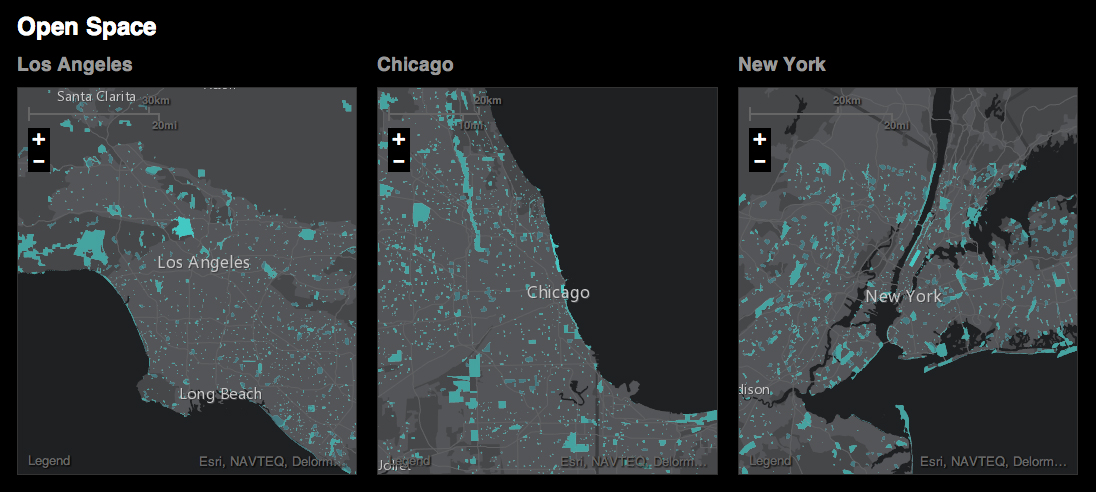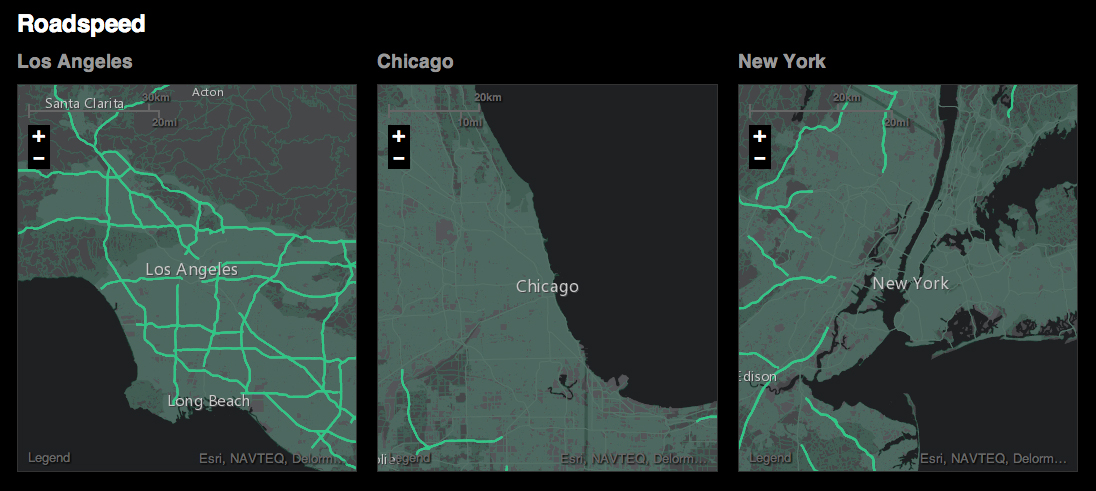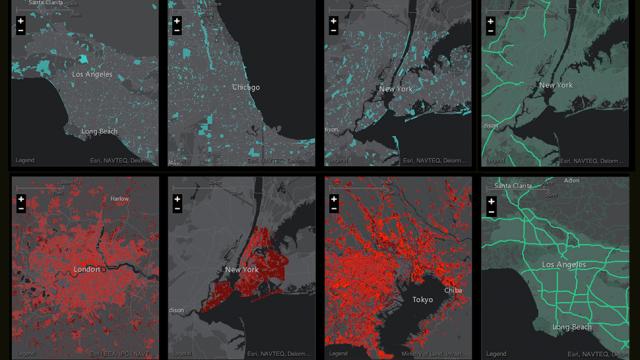These days, we have plenty of ways to visualise data within our cities, from car crashes to Flickr photos. But there aren’t many tools that let us compare information about multiple cities at once — until now. Meet Urban Observatory, a site that compares data from 16 global metropoli.
The Observatory is the work of Richard Saul Wurman, the 78-year-old founder of TED who is also an architect and graphic designer. As Nate Berg reports, Wurman has been trying to develop a tool that would fairly compare urban centres for decades, beginning with scale models made out of clay in the 1960s and ending with a handful of other attempts in the ’70s and ’80s. “Unfortunately, no two cities in the world collect information in the same way,” the Observatory team explains. “The result — despite vast stores of data captured, collated and stored, there is limited knowledge and understanding.”

This month, Wurman unveiled the realisation of his 40-year-old dream. It’s more fun to just head over to the site and mess around with it first, but here’s the gist of what Urban Observatory offers. It’s a simple interface that lets you compare 35 different aspects of 16 cities (with more to come), ranging from the weather to crime. Users are able to do side-by-side comparisons of three cities at a time, supplemented by text explanation that appear below the maps. “It creates understanding for people using common maps and data that speak a unifying language,” explain its creators. “[It] provides understanding through comparison and contrast.”

That mission seems simple enough, but standardising gigantic data sets from a list of international cities is a serious challenge, which is why he tapped the geospatial mapping company Esri to help out (along with production company Radical Media). Esri is a 3000-person company based in New York that develops mapping systems for companies like Amazon — and it was their technical know-how that made it possible to standardize thousands of unique datasets into a single universal tool.
While Urban Observatory is a holy grail for urban planners, it also highlights the problems with the age of Big Data. In The New Statesman, Leo Hollis recently questioned whether the proliferation of new tools, which show us the city as a series of data points, leave humans out of the equation. “Often, these discussions are conducted in the esoteric language of calculus and network theory,” he writes. “However, this can only have an impact when it is once again translated back into the language of the city — a place made up of people.”
Yet Urban Observatory isn’t trying to usurp traditional thinking about cities as unique organisms — it’s attempting to establish a universal language that can compare and contrast those unique problems. And either way, it’s a hoot to play around with. [Urban Observatory via Next City]

